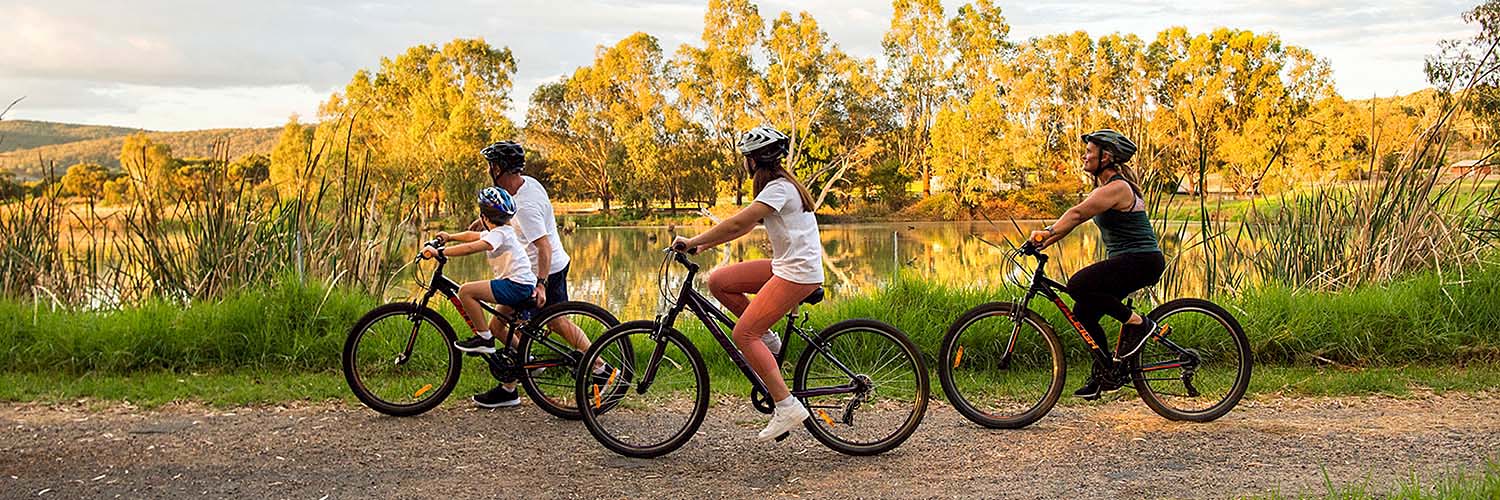A state of growth
NSW has been growing.
The population changes over time because of births and deaths, as well as overseas and domestic migration – both interstate and within NSW.
The NSW projections look at these factors in population change and make assumptions about how they will stay the same or vary. We show some of these patterns below and discuss how we set expectations for the future.
How migration influences population
Migration is heavily influenced by age, which affects how likely someone is to move, and how far they move. Most people only move one or 2 suburbs away. Certain age groups are more likely to move than others.
The age of the population overall affects how many people might move, and who comes or goes in an area. We use these age profiles to set migration assumptions.
Overseas migration
For us to count a person as an overseas arrival or departure, they must be in the country or overseas for 12 out of 16 months. Overseas migration counts people coming as permanent residents as well as those on temporary resident visas (for example, New Zealanders, students, skilled workers).
NSW has grown from net overseas migration, which is the balance of thousands of people coming and going each year. The COVID-19 pandemic disrupted overseas migration. Even with people returning, the disruption in 2020 and 2021 will be felt for the next 20 years because of the age profile of people coming and going.
Domestic migration
People moving within Australia are a key driver of local population change. Some migration corridors have been in place for decades and our projections assume they will remain.
Even when we expect more people will be moving to a place – for example, because of new housing, or new job opportunities – we assume the age of people moving or staying is about the same.
The effect of births
Every baby born is part of NSW’s population growth. We project the numbers of babies into the future based on 2 things:
- assumptions about the average number of babies who will be born to all women (the total fertility rate)
- the number of women who are of parenting age (15 to 44).
When there is a population with more women in their 20s and 30s, this translates to more babies. In NSW we’ve seen the number of babies born going up, even when the NSW birth rate was going down.
The projections assume different total birth rates for different parts of NSW, reflecting long-term patterns in the data.
The effect of deaths
Every death in NSW plays a part in slowing population growth. We project the effect of people dying based on 2 things:
- life expectancy at birth which tells us to what ages people are most likely to live
- the number of people at each age
In Australia, most people will live to older ages. This means where there are more older people, we can expect to see more deaths.
In Australia, life expectancy continues to improve every year, so we see more people living to older ages than we did 10, 20 or 50 years ago. This growing life span also contributes to population growth.
